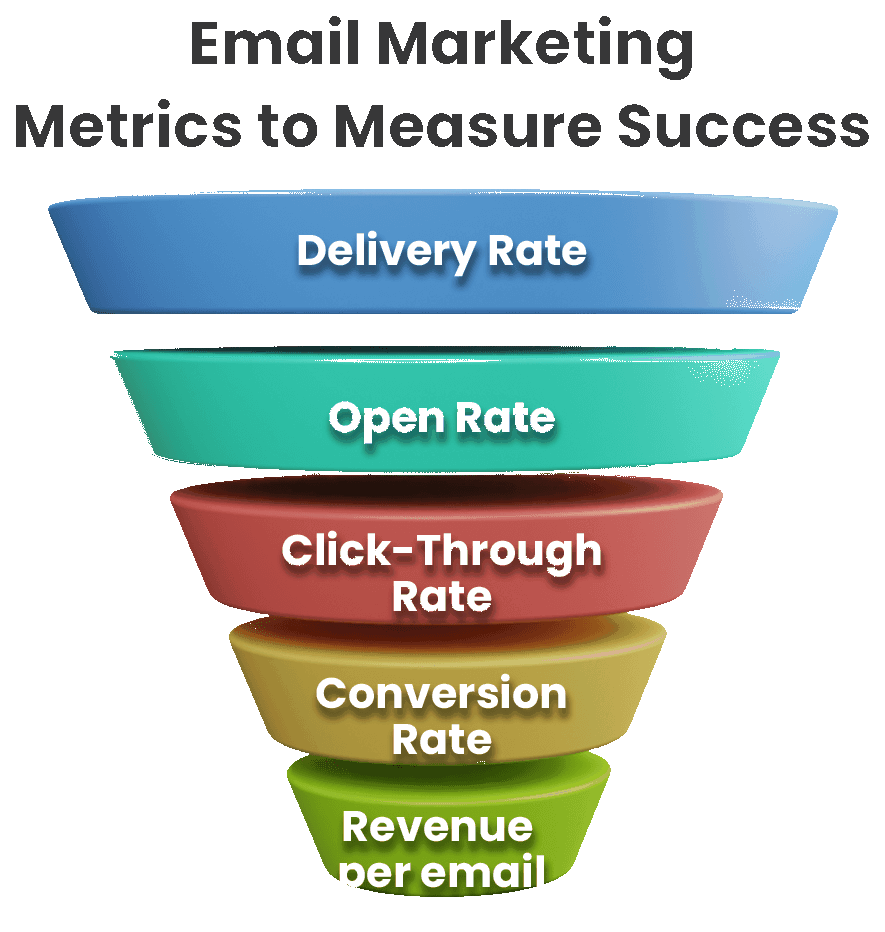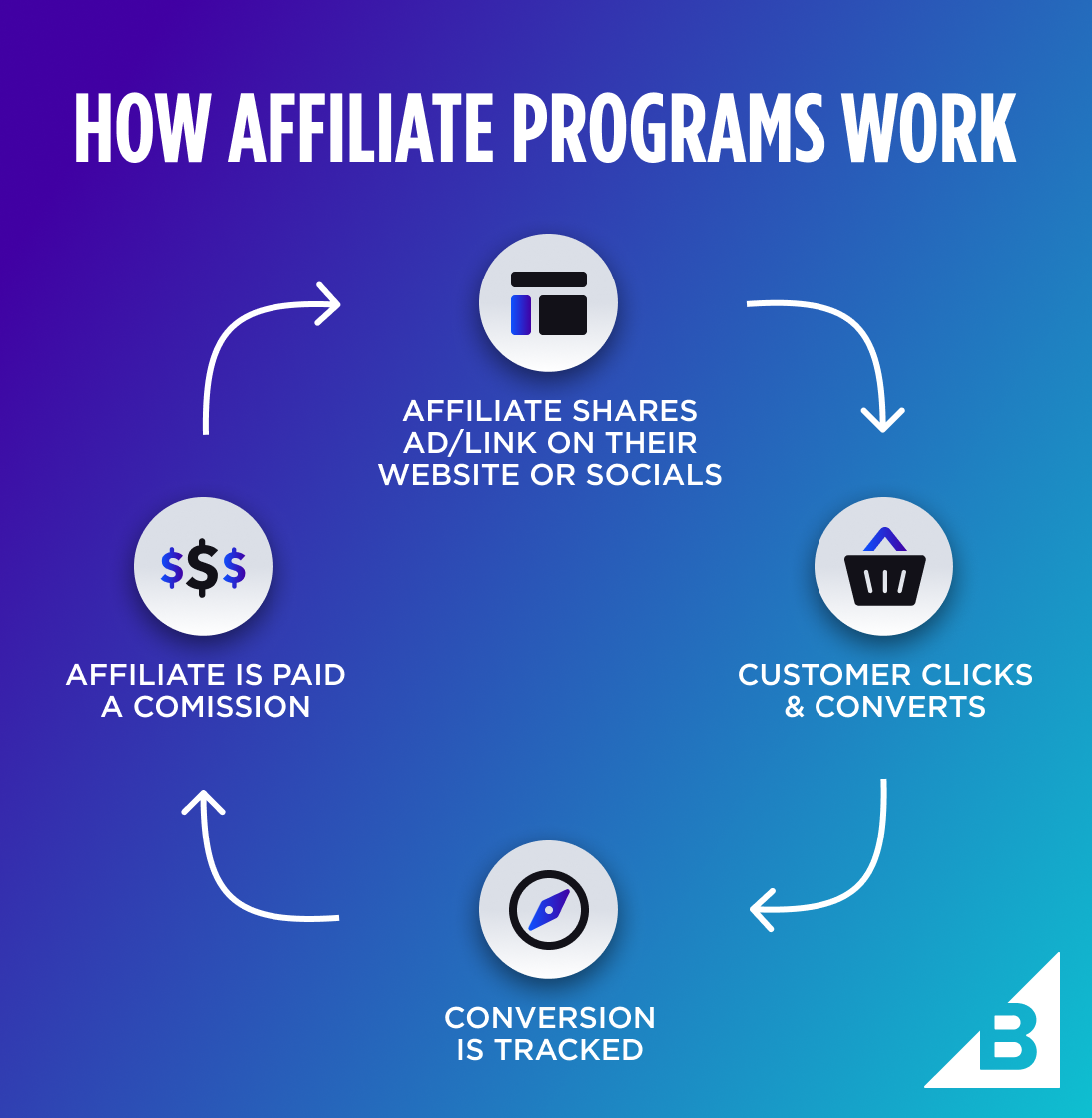
Understanding Key Marketing Metrics and KPIs
- 0
In the fast-paced world of technology, marketing has become more data-driven than ever before. As a tech company, it’s crucial to measure the effectiveness of your marketing campaigns and strategies to ensure optimal results. This is where key marketing metrics and KPIs (Key Performance Indicators) come into play.
What are Marketing Metrics?
Marketing metrics are the data points that measure the performance of your marketing efforts. These metrics can include website traffic, conversion rates, click-through rates, lead generation, social media engagement, and more. By tracking these metrics, you can determine what is working well and what areas need improvement.
Key Marketing Metrics to Track
1. Website Traffic
Website traffic is a fundamental metric that measures how many visitors are coming to your website. By monitoring this metric, you can assess the effectiveness of your SEO strategies, content marketing efforts, and advertising campaigns. Tools like Google Analytics can provide valuable insights into your website traffic.
2. Conversion Rates
Conversion rates indicate how effective your website is at turning visitors into leads or customers. By tracking conversion rates, you can identify which landing pages, email campaigns, or ads are driving conversions. This information can help you optimize your marketing efforts for better results.
3. Customer Acquisition Cost (CAC)
CAC measures how much it costs to acquire a new customer. By tracking CAC, you can determine the effectiveness of your marketing and sales efforts. Lowering your CAC can help improve your overall profitability and ROI.
What are KPIs?
KPIs (Key Performance Indicators) are specific metrics that align with your business goals and objectives. KPIs are essential for measuring the success of your marketing campaigns and strategies. By setting clear KPIs, you can ensure that your marketing efforts are driving the desired results.
Key Marketing KPIs to Consider
1. Customer Lifetime Value (CLV)
CLV measures the total revenue a customer generates for your business over their lifetime. By calculating CLV, you can understand the long-term value of each customer and tailor your marketing strategies accordingly.
2. Return on Investment (ROI)
ROI measures the profitability of your marketing campaigns. By tracking ROI, you can determine which marketing channels and strategies are delivering the highest return on investment. This information can help you allocate your marketing budget more effectively.
3. Churn Rate
Churn rate measures the rate at which customers stop using your products or services. By tracking churn rate, you can identify potential issues that are causing customers to churn and take steps to improve customer retention.
Conclusion
As a tech company, understanding key marketing metrics and KPIs is essential for driving success in today’s competitive landscape. By tracking and analyzing these metrics, you can optimize your marketing efforts, improve customer acquisition and retention, and ultimately drive business growth. Make sure to regularly review and adjust your marketing strategies based on the insights gained from these metrics to stay ahead of the curve in the tech industry.

